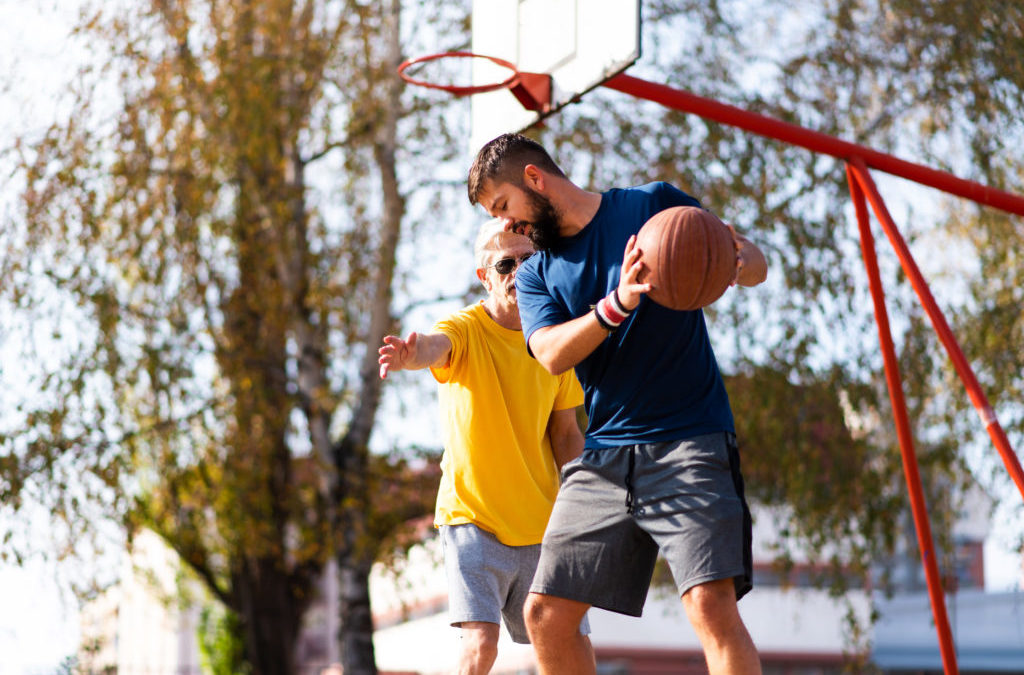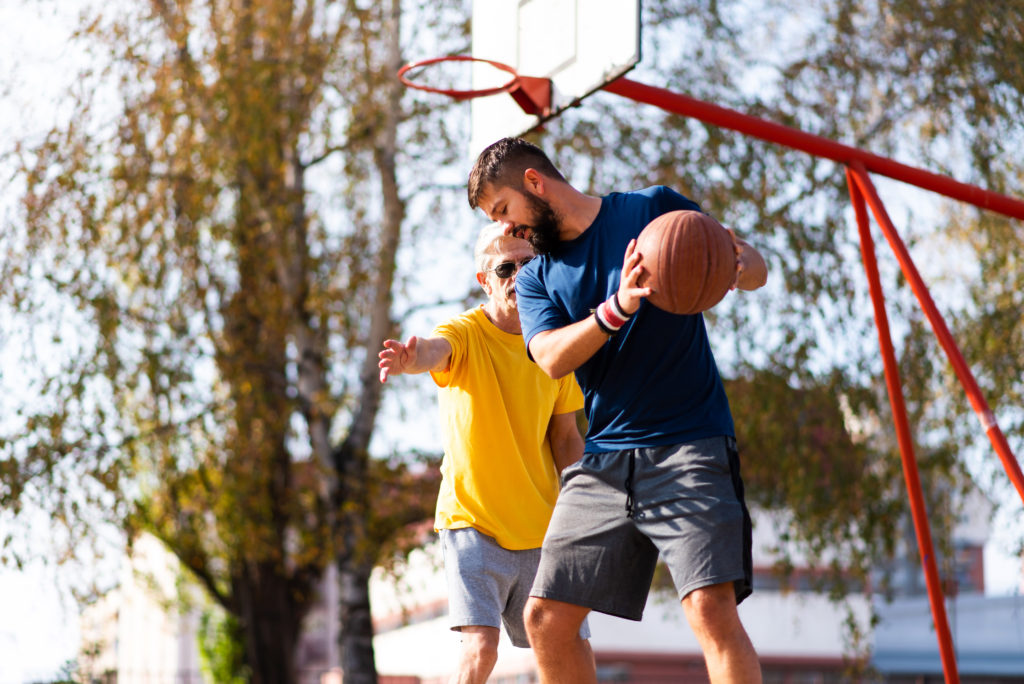Different areas of the brain are associated with empathy – this new research shows how brain regions synchronise to induce empathic responses.

Two Types of Willpower
Quick Hits
Daily brief research updates from the cognitive sciences

Will power is certainly a useful thing to have and in everyday life this often means overcoming temptation.
But many of us fall short on willpower at least some of the time – but mostly very often. However, the term may be misleading because researchers think of willpower in different ways. There’s one way which is: just don’t eat that extra chocolate bar, scoff the dessert, eat the bag of crisps (chips for the rest of the world), or get out for a run in the cold rain. That is what researchers call synchronic regulation.
The other approach is to do what Odysseus did in Homer’s Epic: to get his sailors to strap him to the mast so that he couldn’t be overcome, or better respond, to the Sirens song. This therefore involves changing the environment or creating new habits to avoid temptation in the first place. This is known as diachronic regulation.
Zachary Irving et al. of Rutgers University wanted to know how normal folk view will power or self control. They conducted a series of experiments whereby respondents had to judge a person’s actions and the scenarios describe either synchronic or diachronic regulation or a mixture of both.
They found out that we normally only consider synchronic regulation as will power – that is to just resist the temptation through pure force of will. This is interesting because it shows that what researchers think and the everyday person may differ. It is also, it must be noted, the least effective strategy.
Will power requires power and is hard to exert all of the time. That is why Odysseus had the foresight to have himself strapped to the mast of his ship. He knew that shaping the environment and pre-empting his lack of ability to exert willpower was the most effective way to overcome this.
And this sage advice is a few thousand years old – but today it doesn’t apply to Sirens song but often to what we eat or how we get your daily physical activity. And now you have the terminology: diachronic regulation is the way to go.

Andy Habermacher
Andy is author of leading brains Review, Neuroleadership, and multiple other books. He has been intensively involved in writing and research into neuroleadership and is considered one of Europe’s leading experts. He is also a well-known public speaker, speaking on the brain and human behaviour.
Andy is also a masters athlete (middle distance running) and competes regularly at international competitions (and holds a few national records in his age category).
References
Zachary C. Irving, Jordan Bridges, Aaron Glasser, Juan Pablo Bermúdez, Chandra Sripada.
Will-powered: Synchronic regulation is the difference maker for self-control.
Cognition, 2022; 225: 105154
DOI: 10.1016/j.cognition.2022.105154
More Quick Hits
How Seven Habits Boost Brain Function and Lower Depression Risk
Diversity in Startup Teams Increases Survival In Changing Environments
Different areas of the brain are associated with empathy – this new research shows how brain regions synchronise to induce empathic responses.
All Work And No Play, Really Does Make Jack A Dull (and Ineffective) Boy
Different areas of the brain are associated with empathy – this new research shows how brain regions synchronise to induce empathic responses.
Do Conservatives and Liberals Have Moral Brains?
Different areas of the brain are associated with empathy – this new research shows how brain regions synchronise to induce empathic responses.
New Discovery: Swirling Spirals Move Across Your Brain
Different areas of the brain are associated with empathy – this new research shows how brain regions synchronise to induce empathic responses.
Zapping the Brain Improves Maths Ability
Different areas of the brain are associated with empathy – this new research shows how brain regions synchronise to induce empathic responses.














